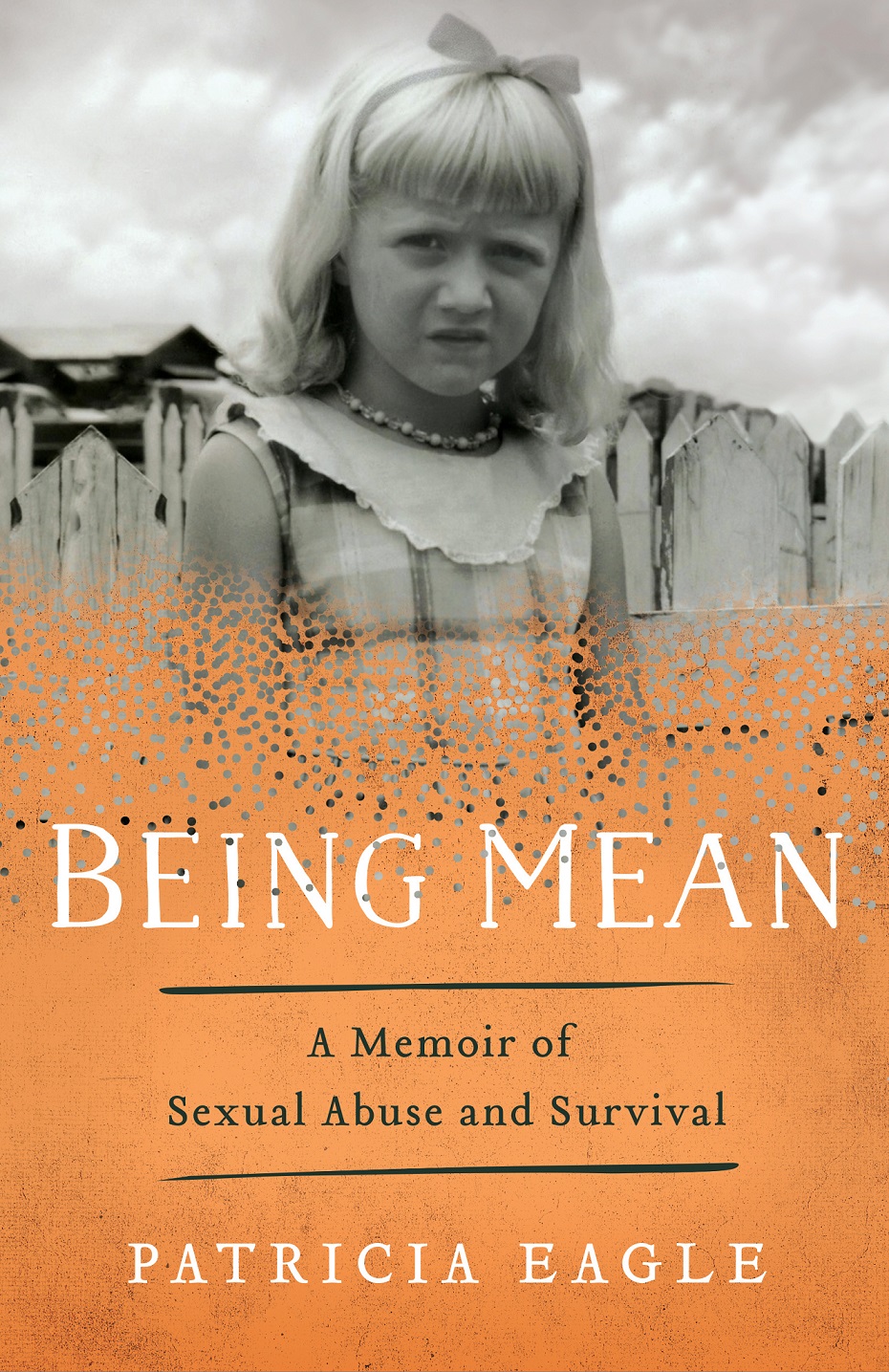lip lit: being mean

Being Mean: A Memoir of Sexual Abuse and Survival by Patricia Eagle (She Writes Press)
CW: sexual abuse, child abuse
The honesty of Patricia Eagle’s Being Mean: A Memoir of Sexual Abuse and Survival is at times a painful and difficult read. The book chronicles Patricia’s life in vignettes from the ages of four to sixty-five, with chapters presented chronologically. The early chapters relay her experiences of child sexual abuse, which is harrowing and brave in its portrayal.
Being Mean shows how child sexual abuse is intertwined with psychological manipulation. Patricia’s experience of sexual abuse is presented as “special times” and an expression of bonding by her father. In her cold and repressive family home, Patricia senses that what her father is doing is wrong but is being told it is “love” and no one tells her differently.
Sexual shame is generally apparent in Patricia’s family, with Being Mean being used by Patricia’s mother as a euphemism for masturbation to avoid using the technical term. When Patricia tries to tell her mother about the abuse, it is shunned with coldness, or even physical reprimand. This shows how sexual abuse is so often coveted in secrecy, making it difficult to even recognise. After Patricia is gut-wrenchingly abused “one last time” at the age of 13, she has no way to deal or process these traumatic memories, so she blocks them out until they resurface decades later. Although Patricia flees her abusive family and restarts at College, the trauma of sexual abuse still impacts her life even though the memories are repressed.
Patricia recounts how her trauma affected her sexual and romantic experiences. She describes the lack of control and whirlwind of manic energy she experienced later in life.
‘I am not sure what impacted me most, the shame I gradually began to feel from sexual abuse as a young girl, or the shame I felt from decisions I made as a maturing young woman.’
She recounts her sexual experiences that were ‘trying to hit the G-spot of instantaneous self-comprehension and self-acceptance’ and four traumatic abortions, completed illegally and legally, and the grief experienced for years afterwards.
At the age of 37, Patricia voiced her memories of sexual abuse for the first time. Despite the harrowing challenges, we journey with her as she deals with her trauma through a long process of supportive therapy and other practices, such as meditation and journaling. As Patricia addresses her traumatic history, the book begins to feel calmer and clearer. It her honest journey to recovery, with all the messy and chaotic points included, that makes her story so powerful and poignant.
The end of her book reads: ‘Silence hasn’t made it stop. Ignoring it won’t make it go away.’ Patricia shows that complicity to abuse is ingrained throughout society and that sexual shame at all levels makes the healing process extremely challenging. This marks the importance of her text in her own healing as well as to disrupt a culture built upon silencing victims of abuse. Although a difficult read at times, that reinforces why is it so important – child sexual abuse is not easy to digest, but it is this denial that often enables it to occur. Patricia’s transparency and vulnerability within this book is brave and heroic, giving hope to other sexual abuse survivors on their own road of recovery.

